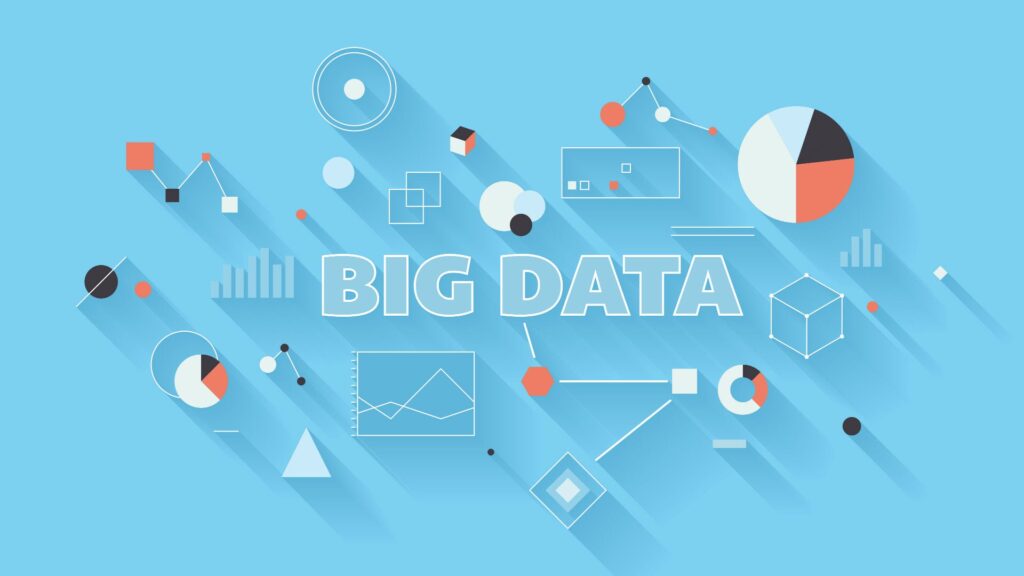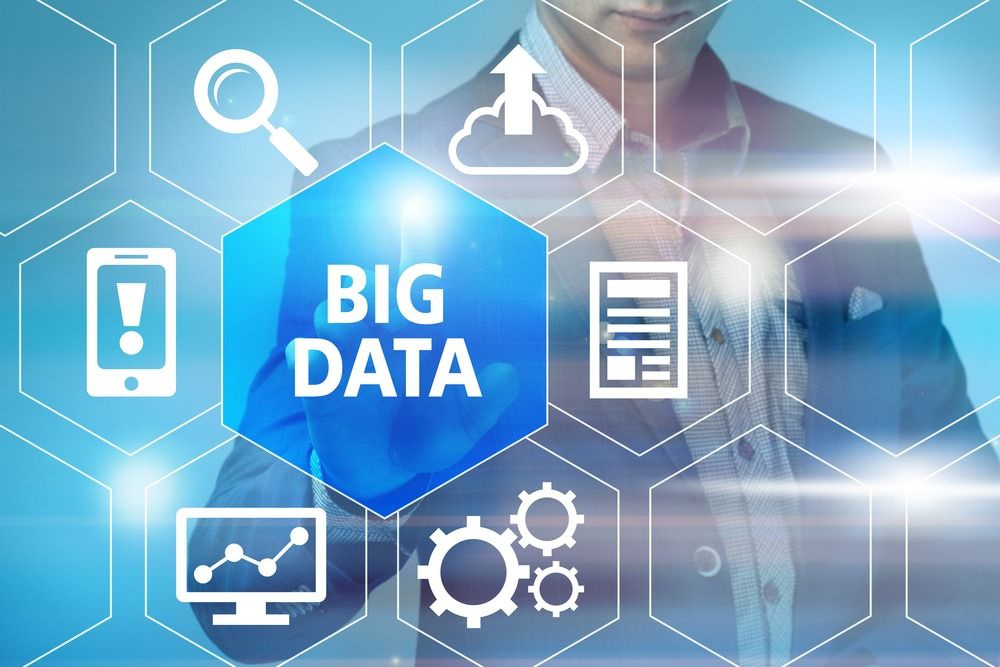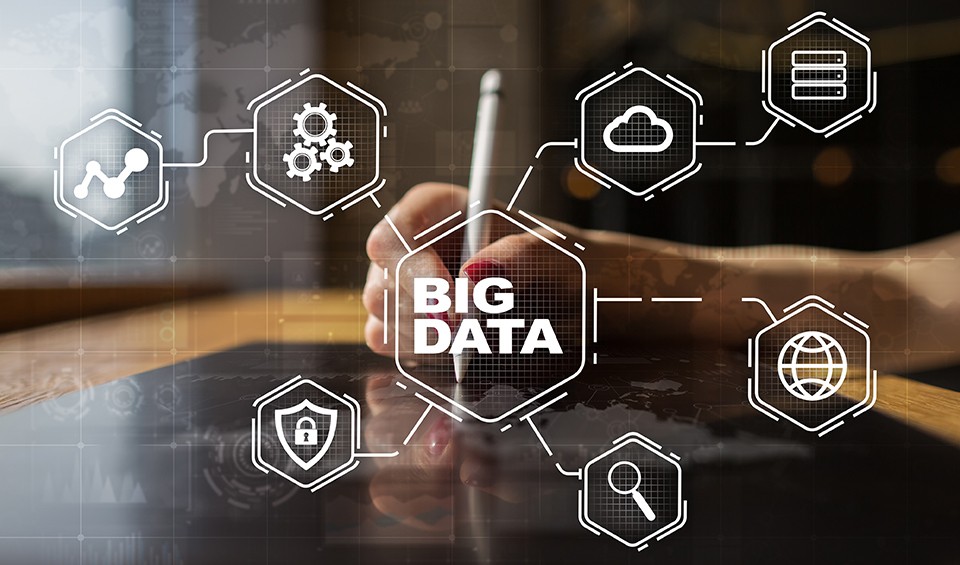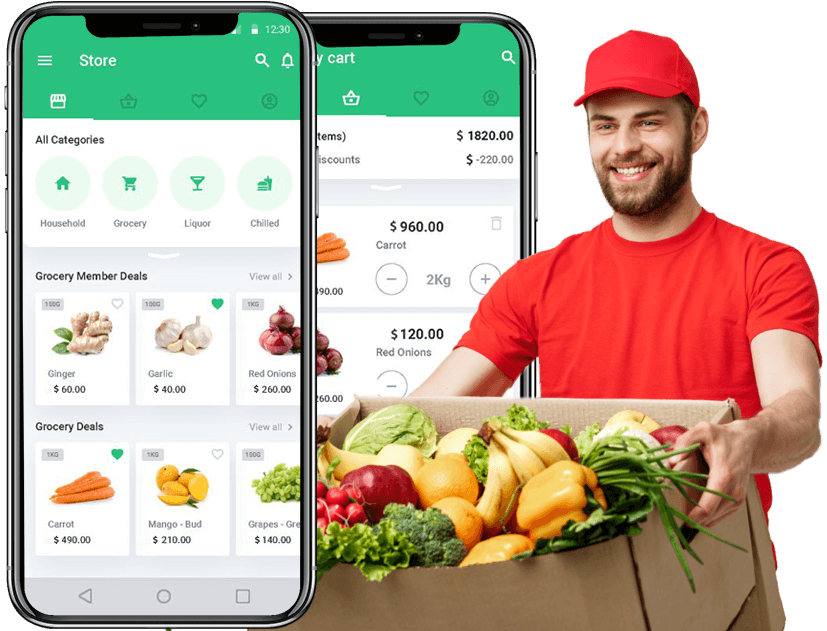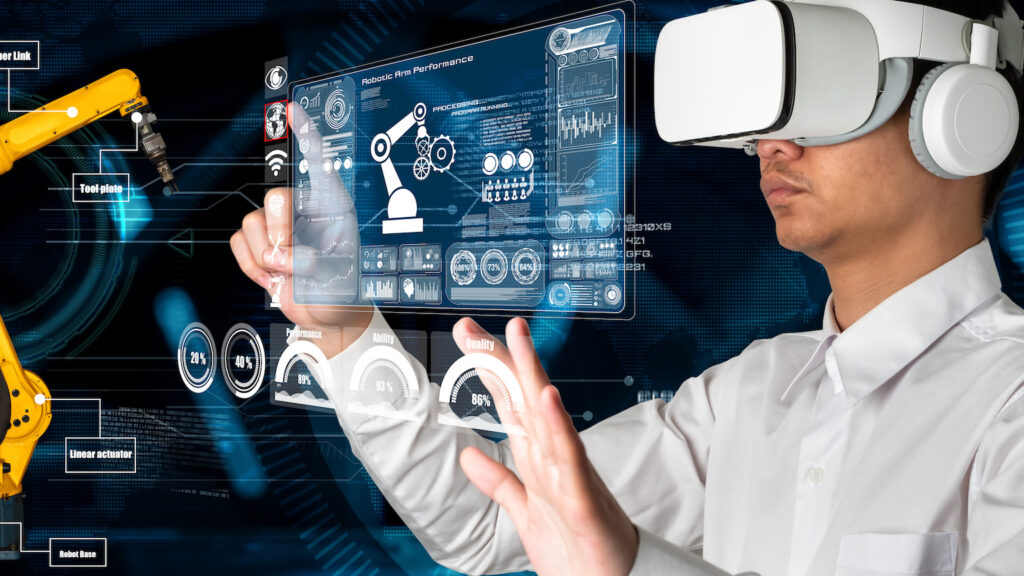
Augmented reality (AR) technology uses a combination of hardware and software to create an interactive and immersive experience that overlays virtual objects onto the real world. Here are some of the technologies commonly used in AR:
Camera: AR applications typically use a device’s camera to capture video of the real world, which is then used as the background for virtual overlays.
Sensors: AR applications often use sensors such as accelerometers, gyroscopes, and compasses to track the device’s orientation and position in the real world.
Display: AR applications require a display, such as a smartphone screen or a headset, to show the virtual objects overlaid onto the real world.
Software: AR applications use software to process the real-world video captured by the camera, identify and track objects in the scene, and render virtual objects onto the display.
3D modeling software: 3D modeling software is used to create the virtual objects that are overlaid onto the real world.
Computer vision algorithms: Computer vision algorithms are used to identify and track objects in the real world, enabling AR applications to accurately overlay virtual objects onto the scene.
Haptic feedback: Haptic feedback technology, such as vibrating motors or pressure-sensitive surfaces, can provide physical feedback to users to enhance the immersive experience of AR.
Voice recognition: Some AR applications use voice recognition technology to enable hands-free interaction with virtual objects or to provide voice-guided instructions.
Overall, the combination of these technologies enables AR applications to create an immersive and interactive experience that overlays virtual objects onto the real world.
This article is shared by https://www.itechscripts.com/augmented-reality// | A leading resource of inspired clone scripts. It offers hundreds of popular scripts that are used by thousands of small and medium enterprises.


